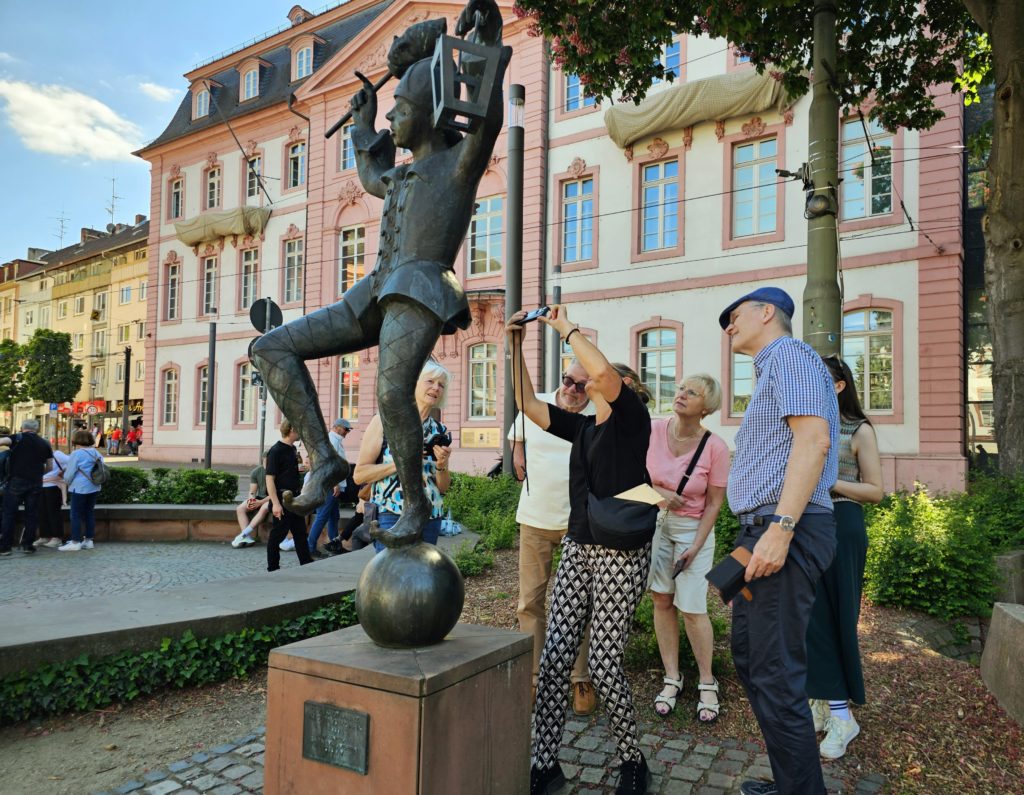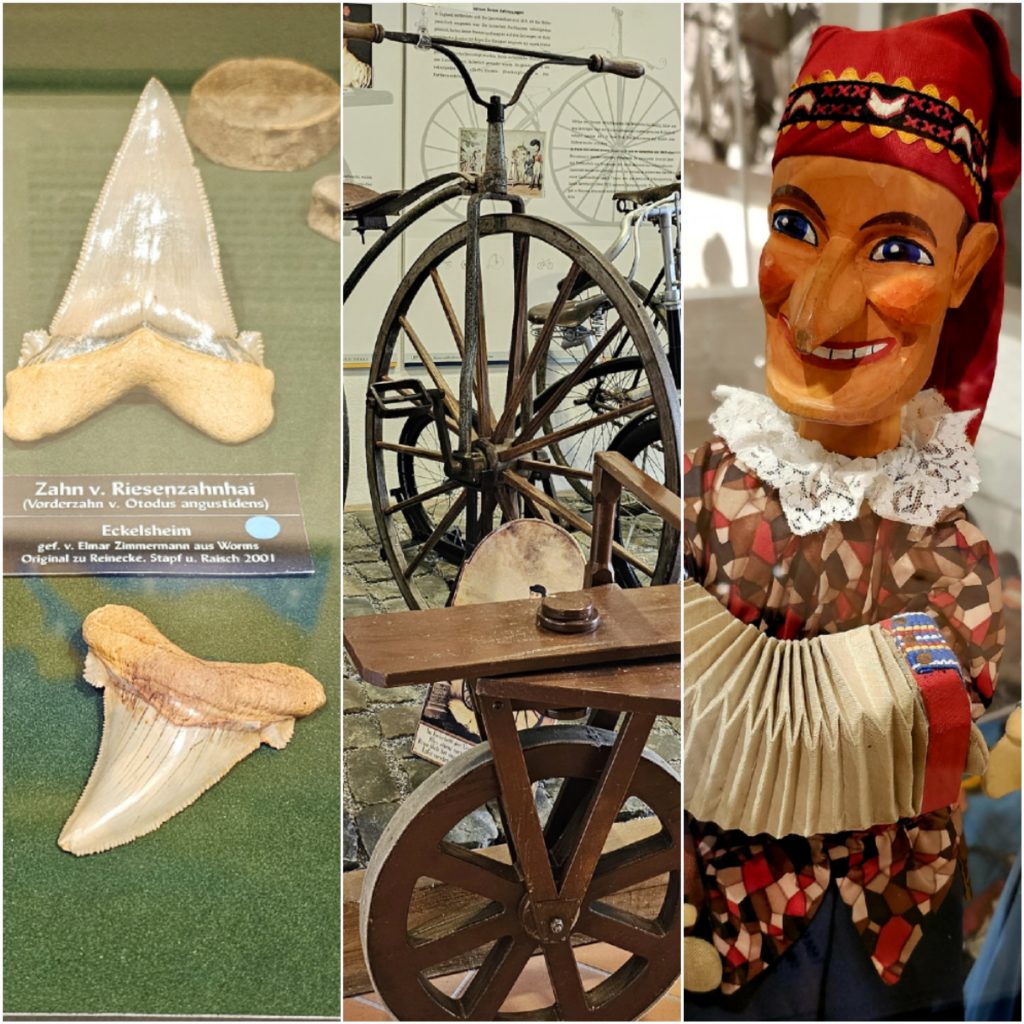A native of Nackenheim
About December 27, 1896, Carl Zuckmayer's autobiography says: "It was a Sunday evening, three days after Christmas, when I was born in the small Rhine-Hessian village of Nackenheim, where my father ran a small factory for wine bottle capsules." We find ourselves in this Rhine-Hessian village and meet in front of the town hall with Bardo Kraus, the archivist of the Carl Zuckmayer Society. Today he brings us close to the life of the famous writer, which began here.
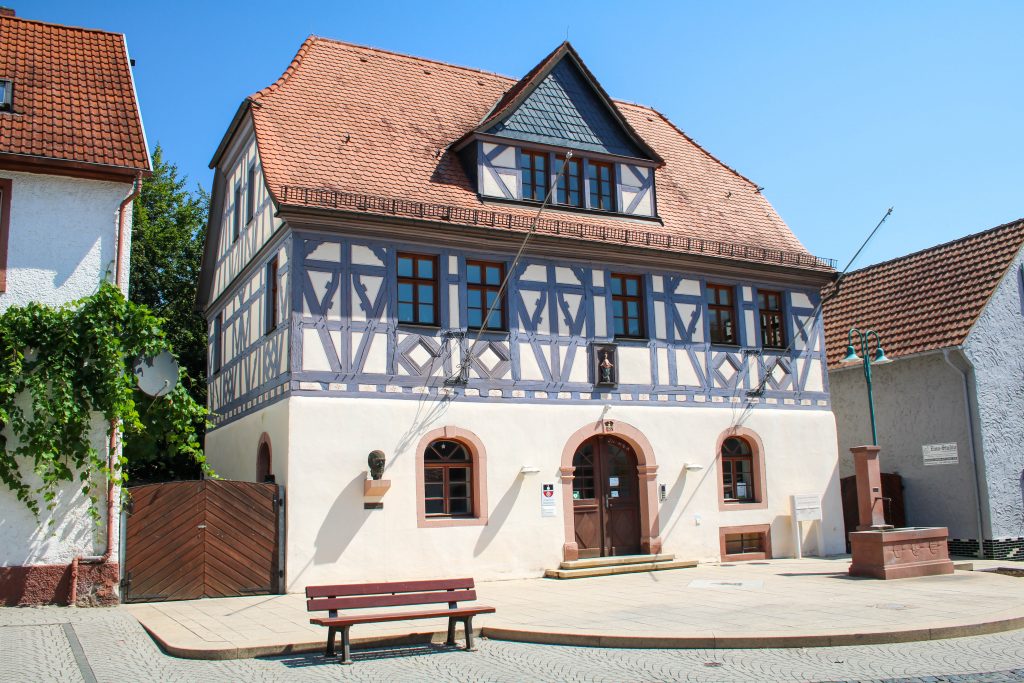
To do this, we first walk toward the outskirts of the village and slowly but surely gain altitude. Bardo Kraus shows us Zuckmayer's birthplace. It is located in the middle of the grounds of the former capsule factory, which his father ran and which was later acquired by the von Opel family.
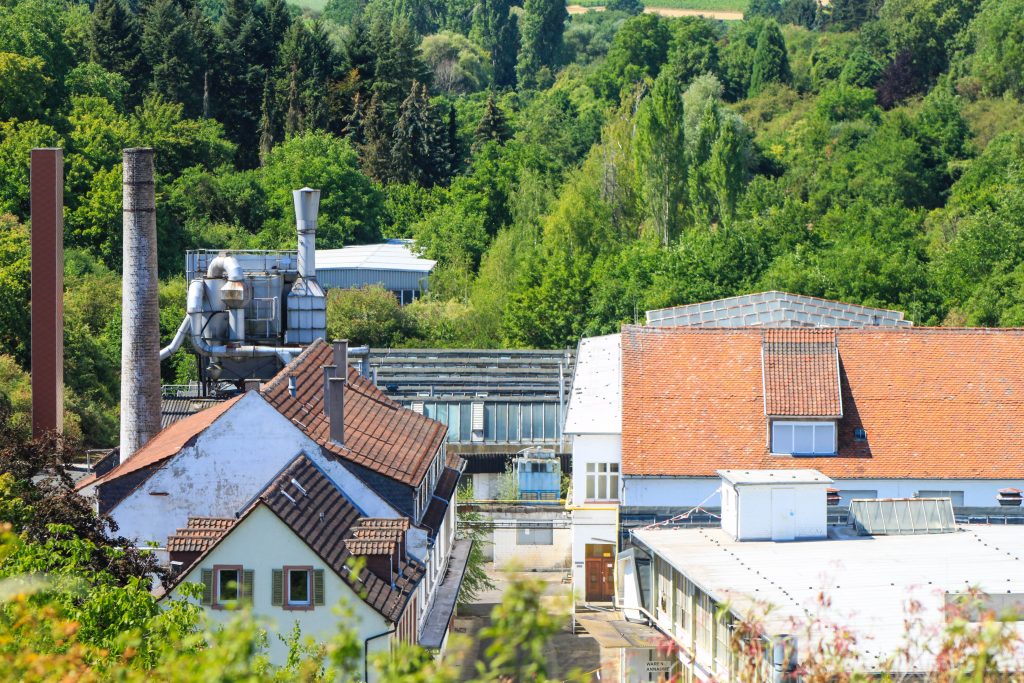
In 1900, the Zuckmayers moved their residence to Mainz, but always remained connected to Nackenheim. In the course of his childhood and youth, Carl spent a lot of time up the Rhine, so it is hardly surprising that rural life in Rheinhessen influenced his artistic work, Kraus says.
Nackenheim red earth
We follow him up into the vineyards and not much later find ourselves on the RheinTerrassenWeg again. Bardo Kraus likes being here. He loves the fantastic view of the river, towards Nierstein and the horizon. Carl Zuckmayer had the same view in the past, only the Rhine had more water back then.


In 1920, the 24-year-old moved to the Spree. As a trainee and assistant director, he gained a foothold in the Berlin theater world. However, his first drama "Kreuzweg" was cancelled after only three days. We learn that despite its failure, people in Nackenheim still like to think about it, since the drama is set "between the moon and the Nackenheim red earth, where the good Rhine wine comes from," as a friend of Zuckmayer's once put it. It is on this earth, more precisely on the Rothenberg, that we are standing right now. The reddish coloring of the soil is typical for this section of the Rhine and we think of the famous "red slope" in neighboring Nierstein, with the fantastic View from the Brudersberg.
In the "Merry Vineyard
We pass the Nackenheimer Bergkapelle, which was first built as a vineyard cottage in the 18th century and later converted into a place of worship. Bardo Kraus tells us the complex story surrounding Carl Zuckmayer's breakthrough.
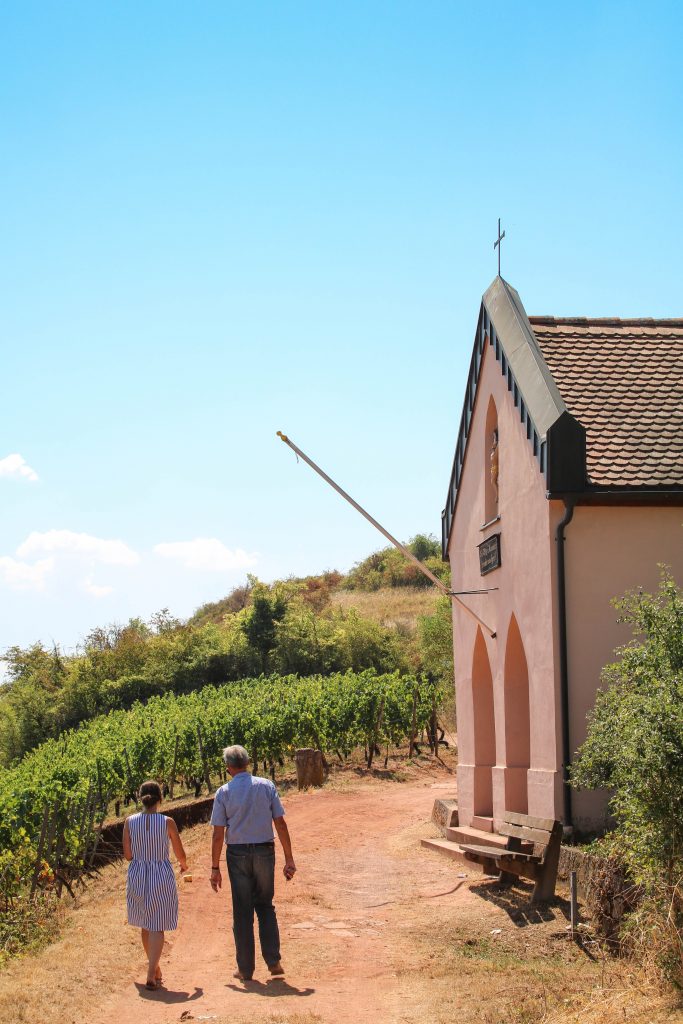
On December 22, 1925, his comedy "Der Fröhliche Weinberg" was premiered at the Theater am Schiffbauerdamm. At the center of the plot, numerous entanglements and misunderstandings, are the winery owner Jean Baptiste Gunderloch and his daughter Klärchen. She is supposed to get engaged to the snooty and greedy student Knuzius, but instead falls in love with the penniless boatman Jochen.

For Zuckmayer, "Der Fröhliche Weinberg" stood for fun, folklore and love of one's homeland. But of all places, he was not met with any opposition from his homeland. Although the play was one of the most successful of the Weimar Republic, people in Nackenheim were furious. Here, the inhabitants saw themselves as regressive, simple-minded and immoral.
We are directly above the rooftops of the village. Bardo Kraus points to a winery that was particularly enraged: Gunderloch. Even though Zuckmayer always affirmed that the only parallel between his immoral main character and the real winemaker was the last name, Carl Gunderloch felt defamed and personally insulted. In Rheinhessen, people were not well disposed toward the writer.

In Berlin, on the other hand, Zuckmayer rose to the first rank of playwrights. The drama "Der Hauptmann von Köpenick" crowned the Nackenheimer's success in 1931. It is the favorite play of Bardo Kraus. He would like to perform it himself one day, but he still has to work on his Berlin dialect.
In deep solidarity
As we slowly walk back into town, we learn about what was probably the darkest chapter in Carl Zuckmayer's life. After the Nazis seized power, his works were banned from performance in 1933, and in 1939 he was expatriated from Germany, narrowly avoiding arrest by first fleeing to Switzerland and eventually emigrating to the USA with his wife and daughter.
After the Second World War, Carl Zuckmayer returned to Europe. Nackenheim sought the long overdue reconciliation and named the writer an honorary citizen in 1952. We stand in front of the Gunderloch winery and learn that here, too - despite some opposition - all is now forgiven and forgotten.

In the 60s and 70s, Zuckmayer was a frequent guest in Nackenheim. Bardo Kraus rumors that the good Nackenheim meat sausage, of which he was apparently a great lover, was not the least to blame for this. In 1971, on the occasion of his 75th birthday, the local school was renamed Carl Zuckmayer Elementary School. Kraus remembers this very well, because he finally saw the famous writer there in person. On January 18, 1977, Carl Zuckmayer died in Switzerland. A red stone from the Nackenheimer Rothenberg lies on his grave.
Experience Zuckmayer in Nackenheim
We end our walk in front of the Carl Zuckmayer bust on the facade of the town hall, a work by the artist Ursula Bertram. For the ceremonial unveiling, "Der Fröhliche Weinberg" was performed by the amateur ensemble of the Carl Zuckmayer Society. Since then, a dialect performance has taken place every year in the town hall square.

On August 18 and 25, you can follow in Carl Zuckmayer's footsteps yourself. and learn more about the life and work of the native of Nackenheim at various stations. Guided tours outside of this event are also possible upon request.


